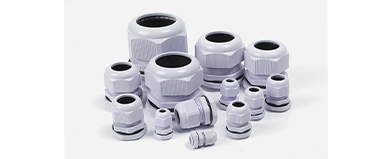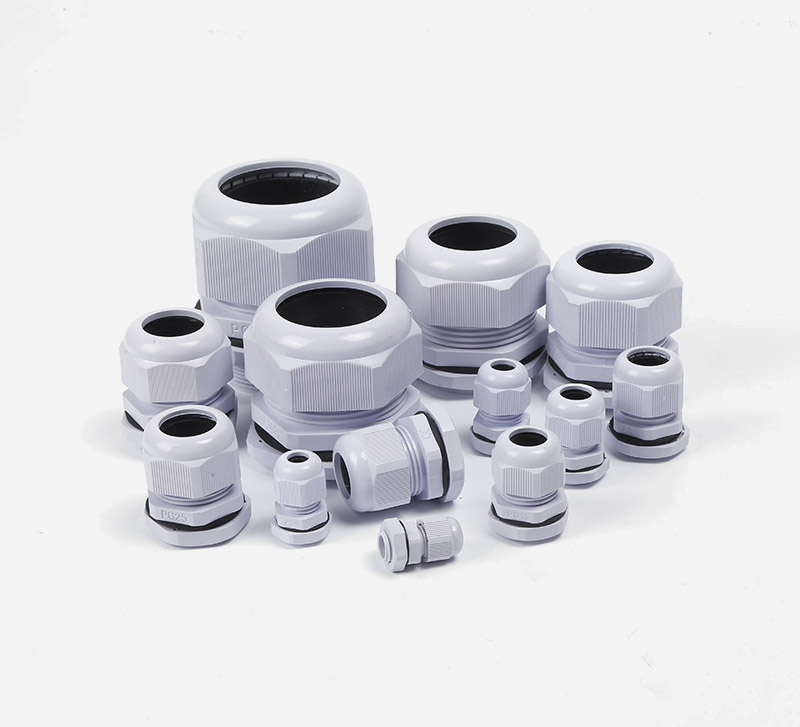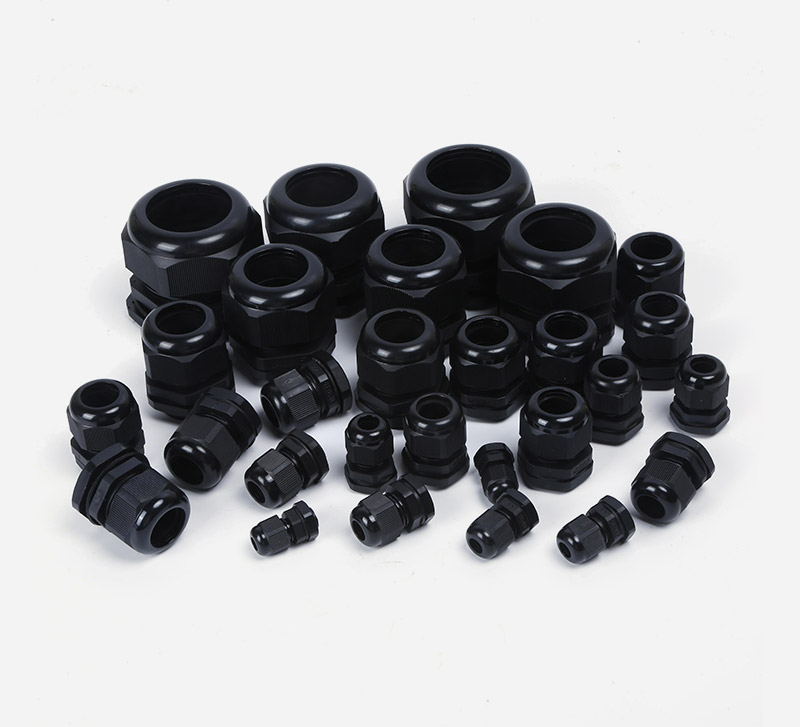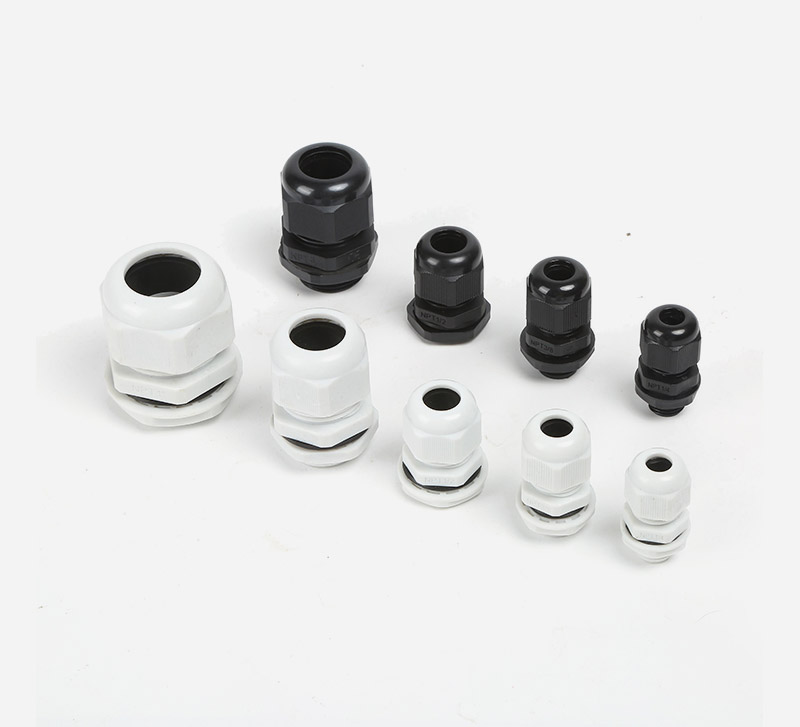Key Questions Answered About MG Split Type Cable Glands
If you work with industrial cable installations, you may have heard of MG Split Type Cable Glands but still have questions: What makes them different from regular cable glands? When should you use them? How do you ensure they work reliably? This article breaks down the key facts about these glands, using practical insights to clear up confusion.
What Are MG Split Type Cable Glands, and How Do They Function?
Unlike one-piece cable glands that require threading cables through the entire unit, MG Split Type Cable Glands have a two-part design—this is where the “split” name comes from. The design lets you assemble the gland around the cable (instead of feeding the cable through) after the cable has already been routed or terminated.
How They Work in Practice
First, separate the two halves of the gland.
Place one half around the cable, then secure the second half to form a tight seal.
Fasten the gland to the equipment housing using the built-in threads (common sizes like M8-M120, as offered for industrial use).
The split structure eliminates the need to disconnect pre-terminated cables, saving time during installation and maintenance.
When Is It Best to Choose MG Split Type Cable Glands?
They aren’t a “one-size-fits-all” solution—their value shines in specific scenarios where regular glands fall short:
Scenario 1: Pre-Terminated or Short Cables
If your cables already have connectors (like plugs or terminals) on the end, regular glands can’t be used (since the connector is too large to thread through). MG Split Type Cable Glands solve this by wrapping around the cable, making them ideal for retrofits or equipment upgrades.
Scenario 2: Tight Installation Spaces
In cramped areas (e.g., inside control cabinets or machinery), feeding cables through one-piece glands is tricky. The split design lets you install the gland in small gaps, reducing the need to disassemble surrounding parts.
Scenario 3: Multiple Cable Sizes in One Application
Many MG Split Type Cable Glands are compatible with a range of cable diameters (when paired with matching seals). This flexibility means you don’t need to stock multiple gland sizes for different cables in the same project.
How to Ensure MG Split Type Cable Glands Meet Protection and Safety Standards?
For industrial use, protection against dust, water, and vibration is non-negotiable. Here’s how to ensure your MG Split Type Cable Glands perform as needed:
Check the IP Rating
Look for glands with an IP68 rating—this means they’re fully dust-tight and can withstand long periods of submersion in water. This is critical for outdoor equipment, marine applications, or dusty industrial environments (e.g., factories or construction sites).
Verify Material Compatibility
The gland’s material should match your environment:
Nylon (PA66) glands work well for general industrial use, offering good heat resistance (-40℃ to 120℃) and corrosion resistance.
Stainless steel or brass glands are better for harsh conditions (e.g., chemical plants or coastal areas) where durability against rust is key.
Follow Proper Installation Steps
Even high-quality glands fail if installed wrong. Always:
Clean the cable surface to remove dirt (debris can break the seal).
Ensure the two halves are aligned tightly (gaps lead to water or dust intrusion).
Tighten the gland to the equipment housing using the recommended torque (over-tightening can damage the threads).
Conclusion
MG Split Type Cable Glands are a practical solution for specific cable installation challenges—especially when dealing with pre-terminated cables, tight spaces, or variable cable sizes. By focusing on the right scenarios, checking IP ratings, and choosing compatible materials, you can ensure they deliver reliable protection.
To explore high-quality MG Split Type Cable Glands that meet these performance standards—including IP68 protection and material options like PA66, brass, and stainless steel—visit our product page. There, you’ll find detailed specifications and application guidance to match your industrial needs.







